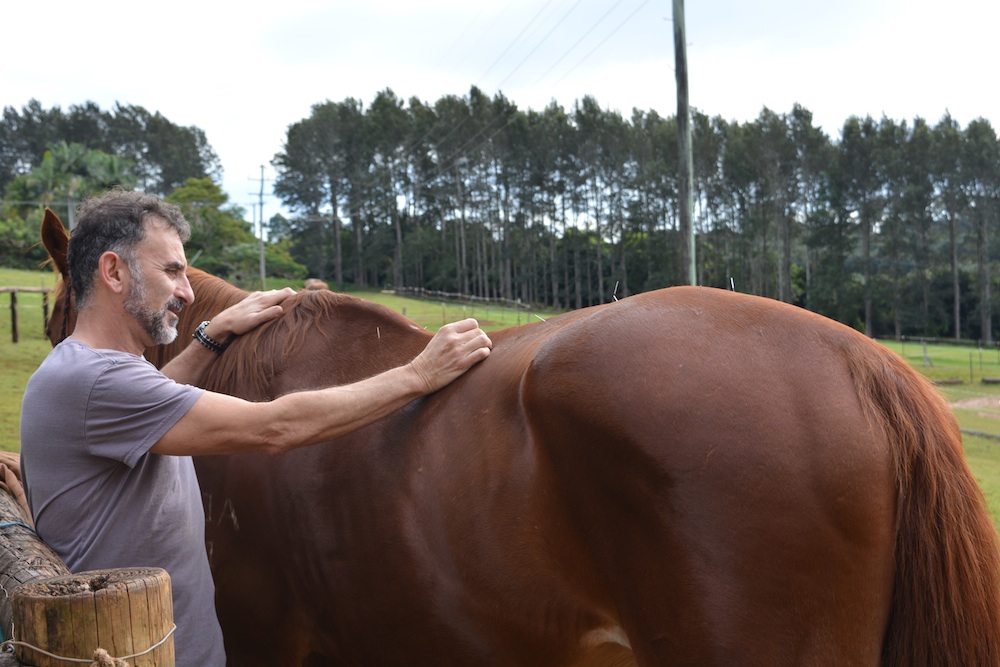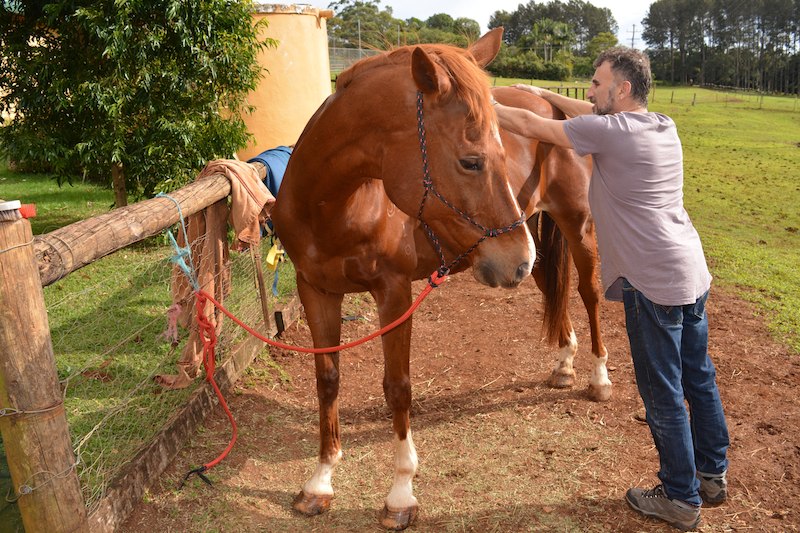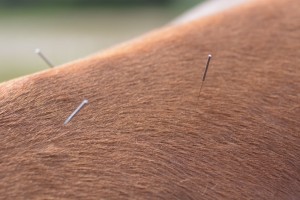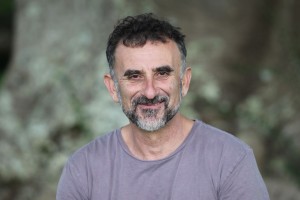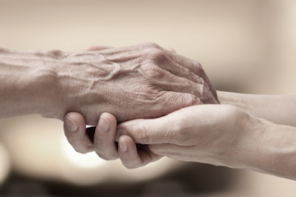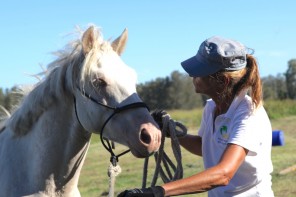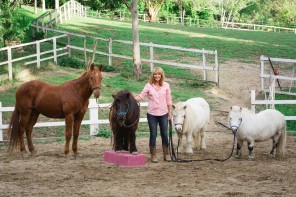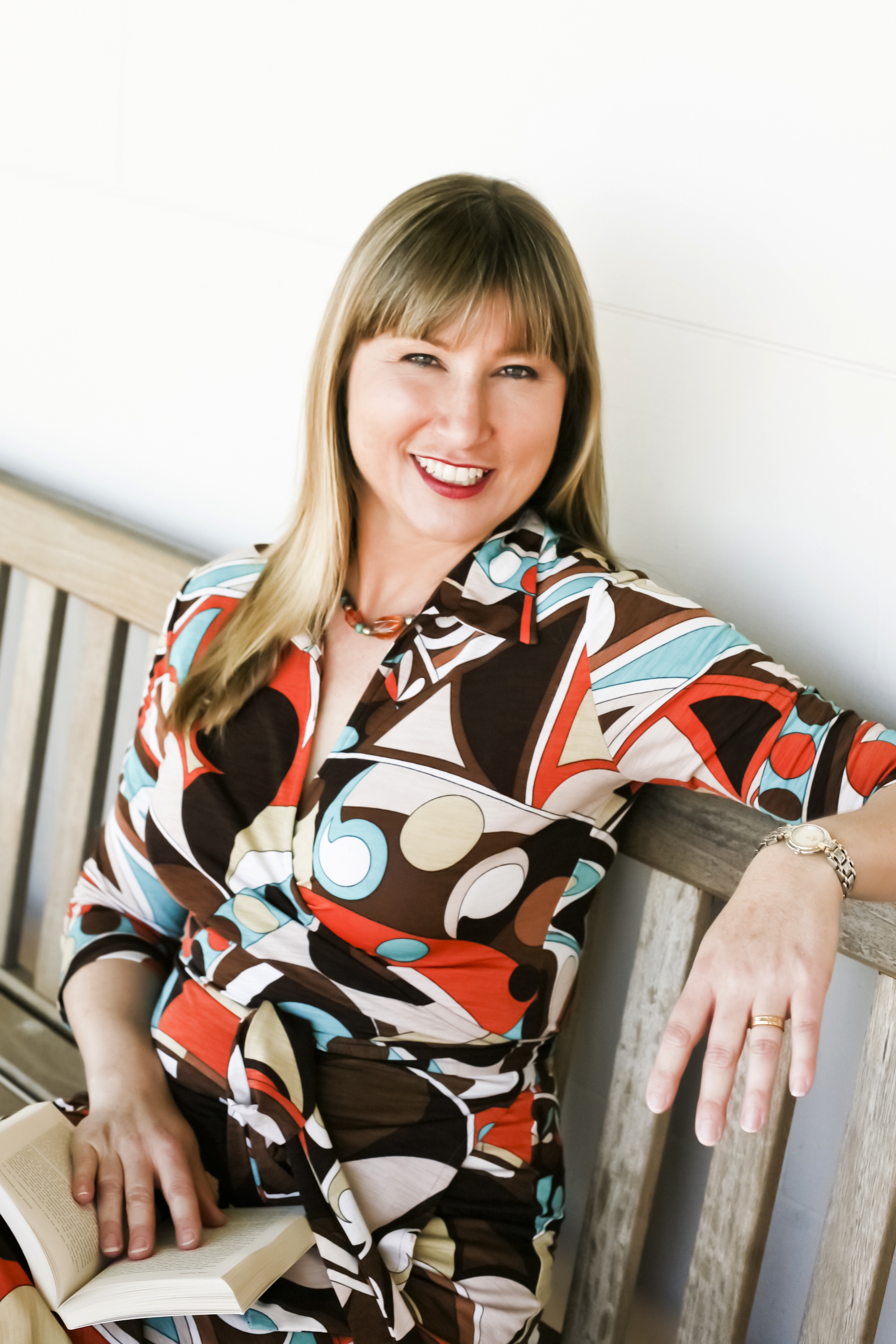Throughout history humans have used horses in every imaginable endeavour, writes acupuncturist Thomas Ebejer, who has made it part of his life’s work to help our equine friends function free of pain.
When I was an acupuncture student in the early 90s I had a hope that I would treat horses with shiatsu and acupuncture when I had completed my studies. I believe that it is only fair that we as humans provide a service to these magnificent animals in a way that not only treats their physical disorders but that also would provide a caring and loving sensation to the horse.
When I voiced this desire at college I was told that in Australia, only vets were legally allowed to do acupuncture on animals. I researched and contacted the veterinary associations in Australia to find that there were no laws in place to prohibit non-vets from treating animals with acupuncture.
I opened my first clinic in Wollongong and started writing my shiatsu courses and offering shiatsu training as well as providing acupuncture and shiatsu treatments to the general public. One of my shiatsu students had a horse so I asked her if I could give her horse a treatment. She was open to the idea and so began a 20-year journey for me treating horses with oriental medicine.
I quickly discovered that shiatsu massage is extremely well suited to horses as a therapy. Shiatsu when applied correctly is ideal for horses due to the physical and emotional health benefits it bestows. What sets it apart from other modalities is that Shiatsu is like giving the recipient a very long hug.
As the therapist applies the gentle pressure upon each exhalation of the horse the parasympathetic nervous system (repair, restoration and detoxification systems in the body) is brought to the fore and the ortho-sympathetic nervous system (flight or fight) is reduced.
Watching a horse receive shiatsu is a very rewarding experience – their bottom lip usually drops and they really zone out. The same pathways of energy that are understood to exist in humans as depicted in acupuncture charts are also present in all animals. In fact there are horse acupuncture charts that are over 2000 years old. Shiatsu massage focuses on these energy lines to dredge the channels, thus improving the body’s communication lines with itself.
Horses are great to apply shiatsu to because they have very distinctive muscle definition. The channels of energy are the defining grooves between muscles that you can easily see on most horses.
The traditional way theses channels are viewed is that energy travels relatively easily via these ‘roads’ as opposed to through the muscles, which are quite dense. This is why when one area of the body is pressed or needled sometimes a sensation is felt somewhere else almost instantaneously.
When shiatsu is first applied to a horse, they will often move away from the pressure. This is normally due to them thinking that you wish them to move away as often they have been trained to do so. But as you follow their movement and maintain the light pressure, they very soon realise what you are doing, and in no time they will begin leaning into the pressure as they seek the release of the tension in the trigger point.
These pathways all pertain to individual organs throughout the body and many aspects of a horse’s health can be greatly improved with acupuncture and shiatsu, including muscular skeletal disorders, digestive disorders, fertility concerns and even behavioural issues.
One of the most profound things I have witnessed is the effect shiatsu and acupuncture has on Anhydrosis (the loss of the ability to sweat). This pathology prohibits the horse from heavy work and can result in heart failure if not resolved. Traditional Oriental Medicine views that the lungs control the skin and the opening and closing of the pores, and by treating the Lung Channel – amongst other specific methods, sweating can often be present within 45 minutes of the treatment.
I love to combine shiatsu with acupuncture to provide a more thorough and comprehensive treatment to the horse. By starting with shiatsu, the horse relaxes and frees up physically thus making it far more open and receptive to having acupuncture.
The acupuncture needles I use and recommend are fine thus minimising any discomfort from the insertion of the needle. If a horse is needle-shy regardless of this then shiatsu is still an option to continue the treatment.
I have been teaching these techniques to students for 16 years and graduates are able to obtain malpractice insurance. The entire course takes 18 months with six one-week seminars in Byron Bay and a number of home study units included.
Thomas Ebejer is the Principal of The Australian College of Eastern Medicine which is a Registered Training Organisation offering Diploma of Shiatsu and Remedial massage courses, Dry Needling Animal Therapies training and First Aid courses.
For more information you can contact Tom on 0407077118
Email [email protected]
orientalmedicine.com.au

